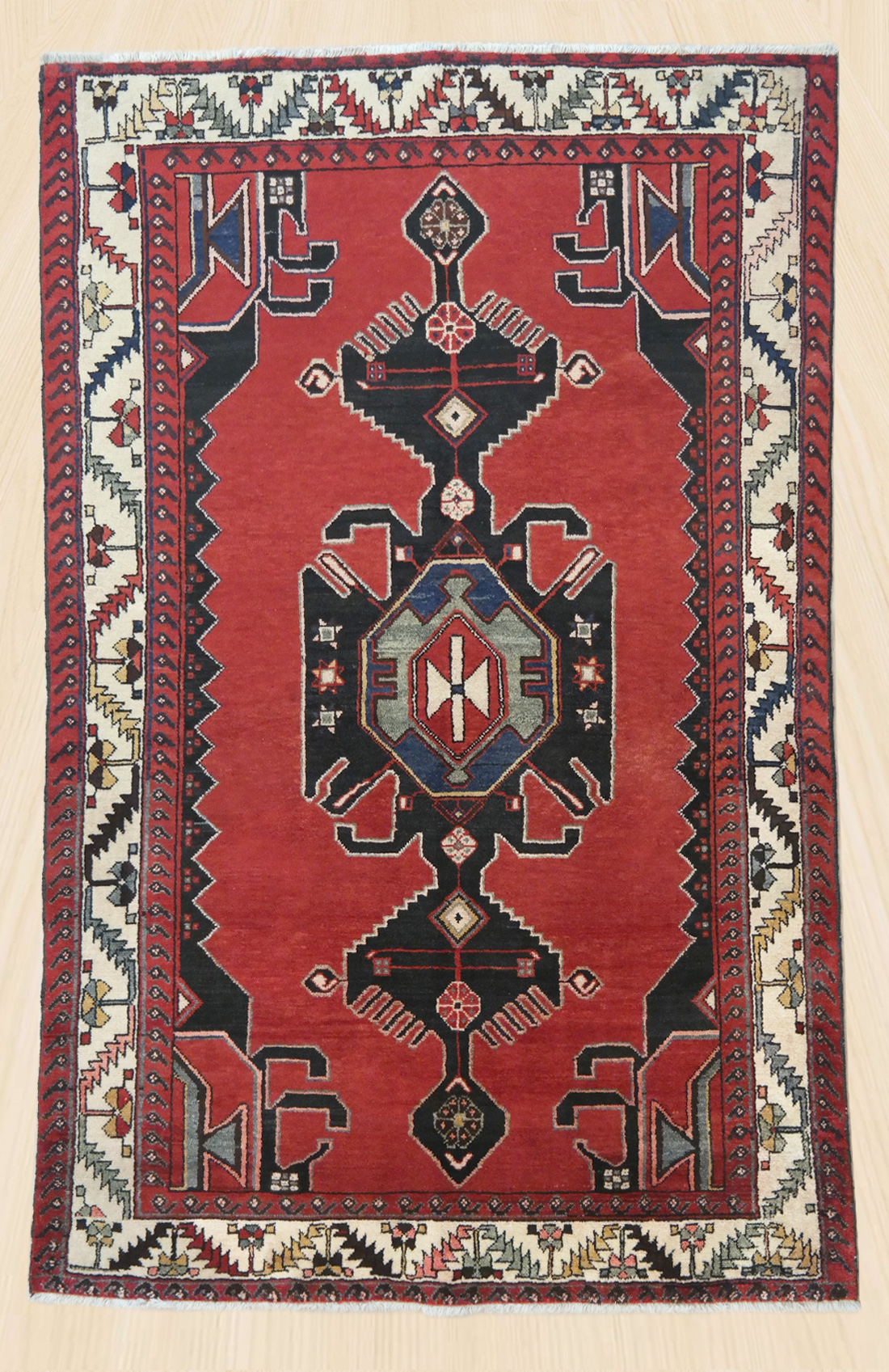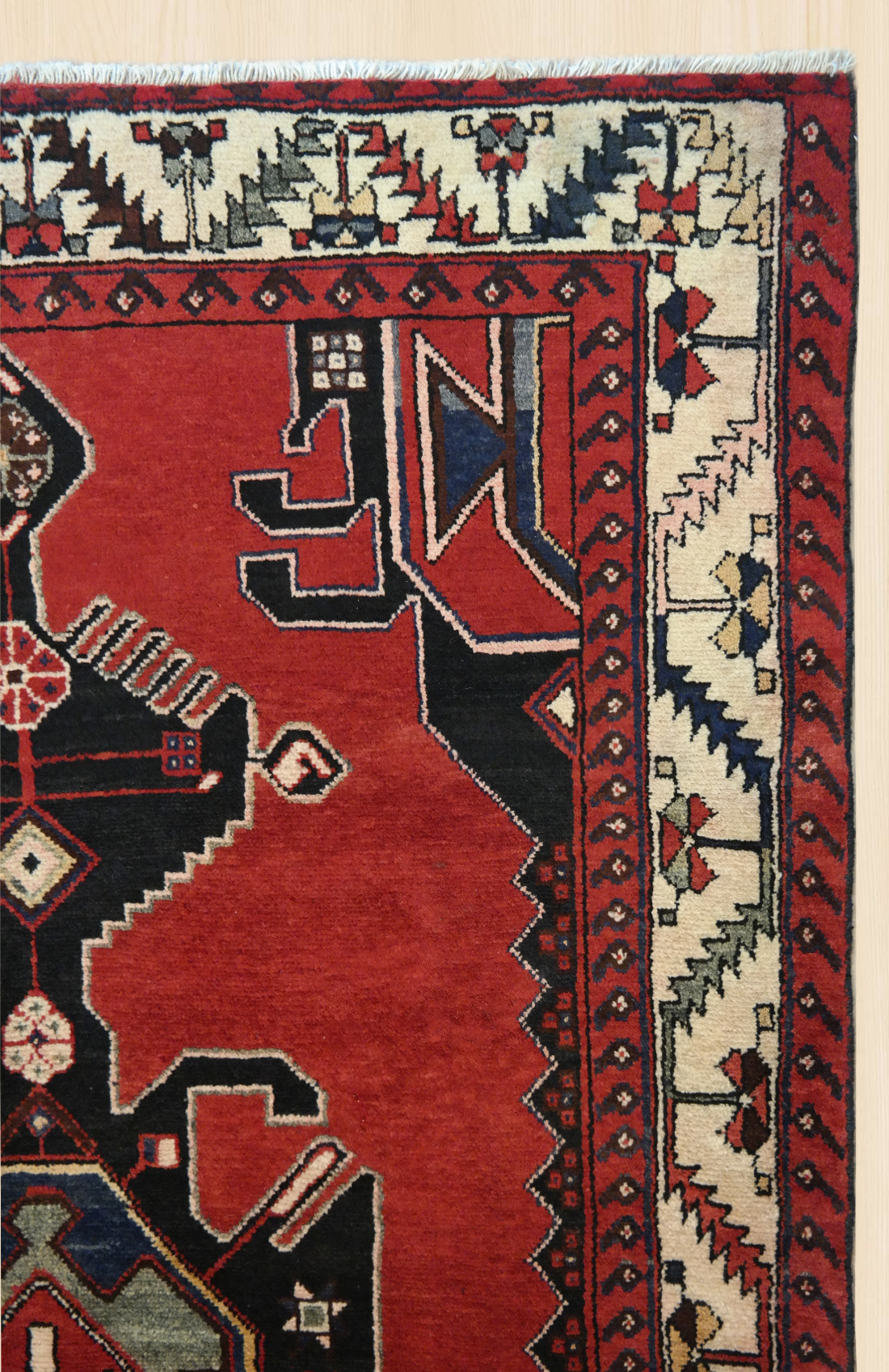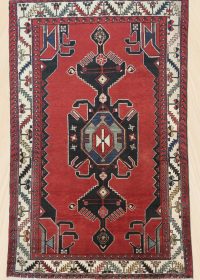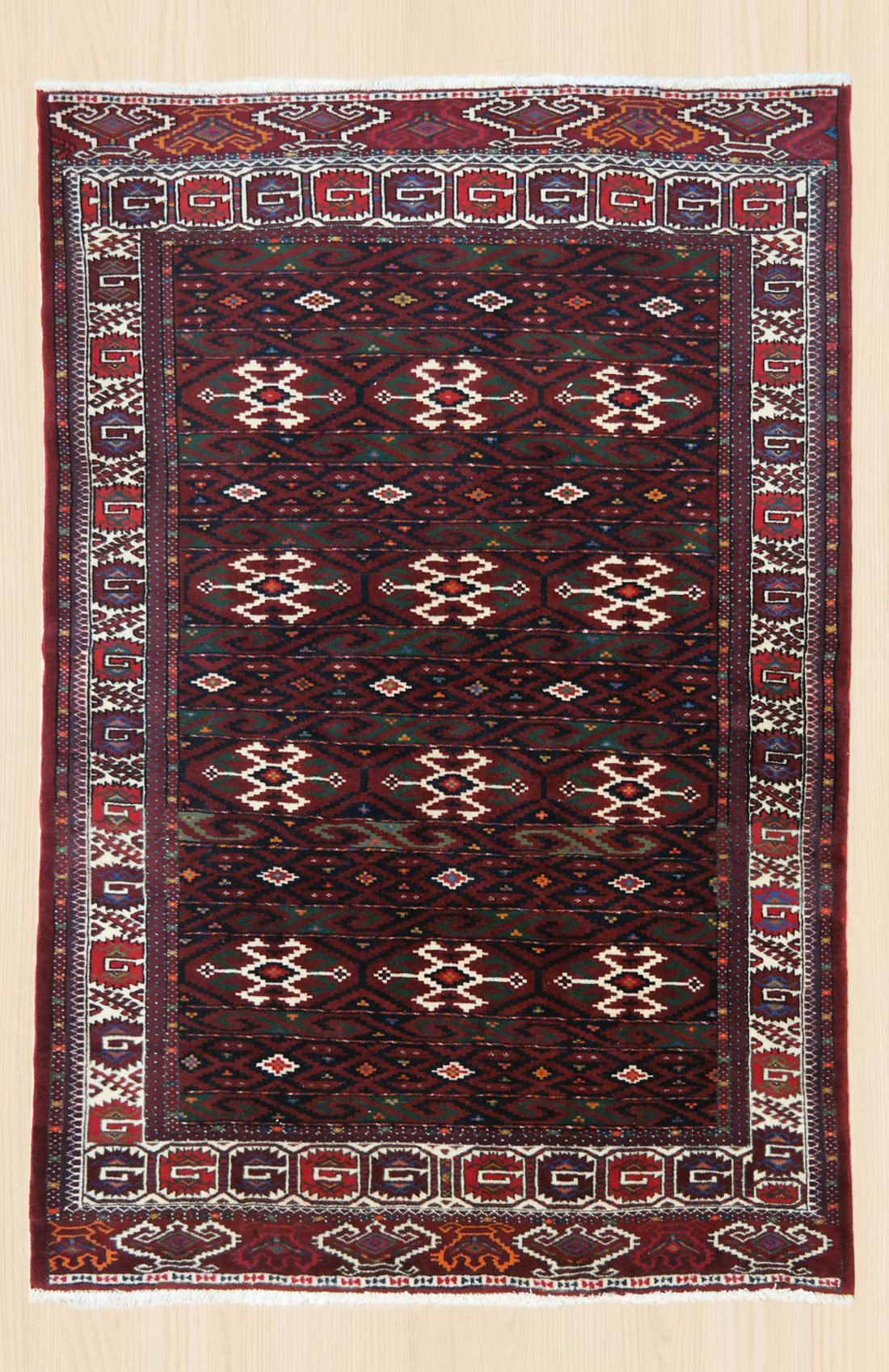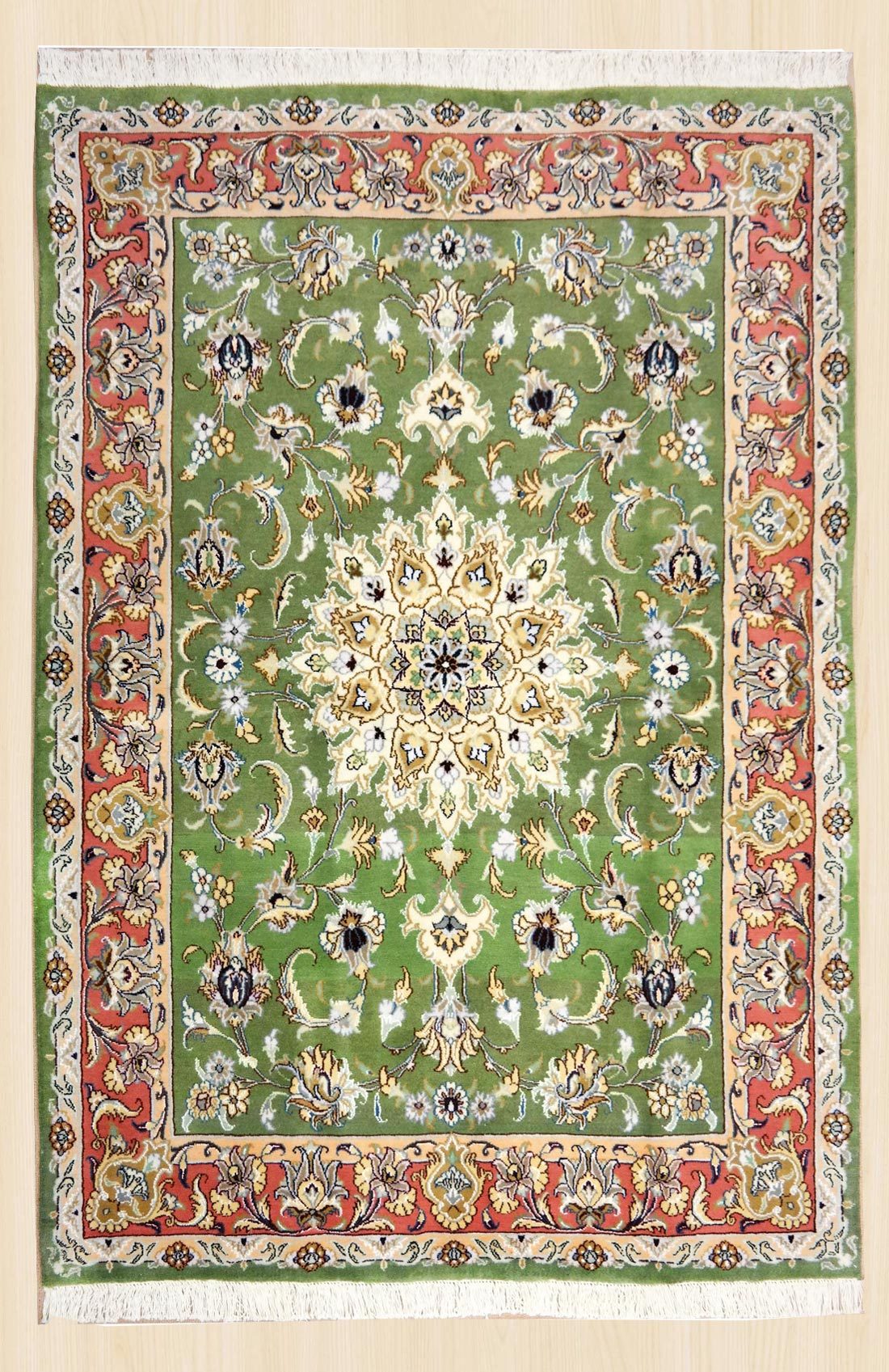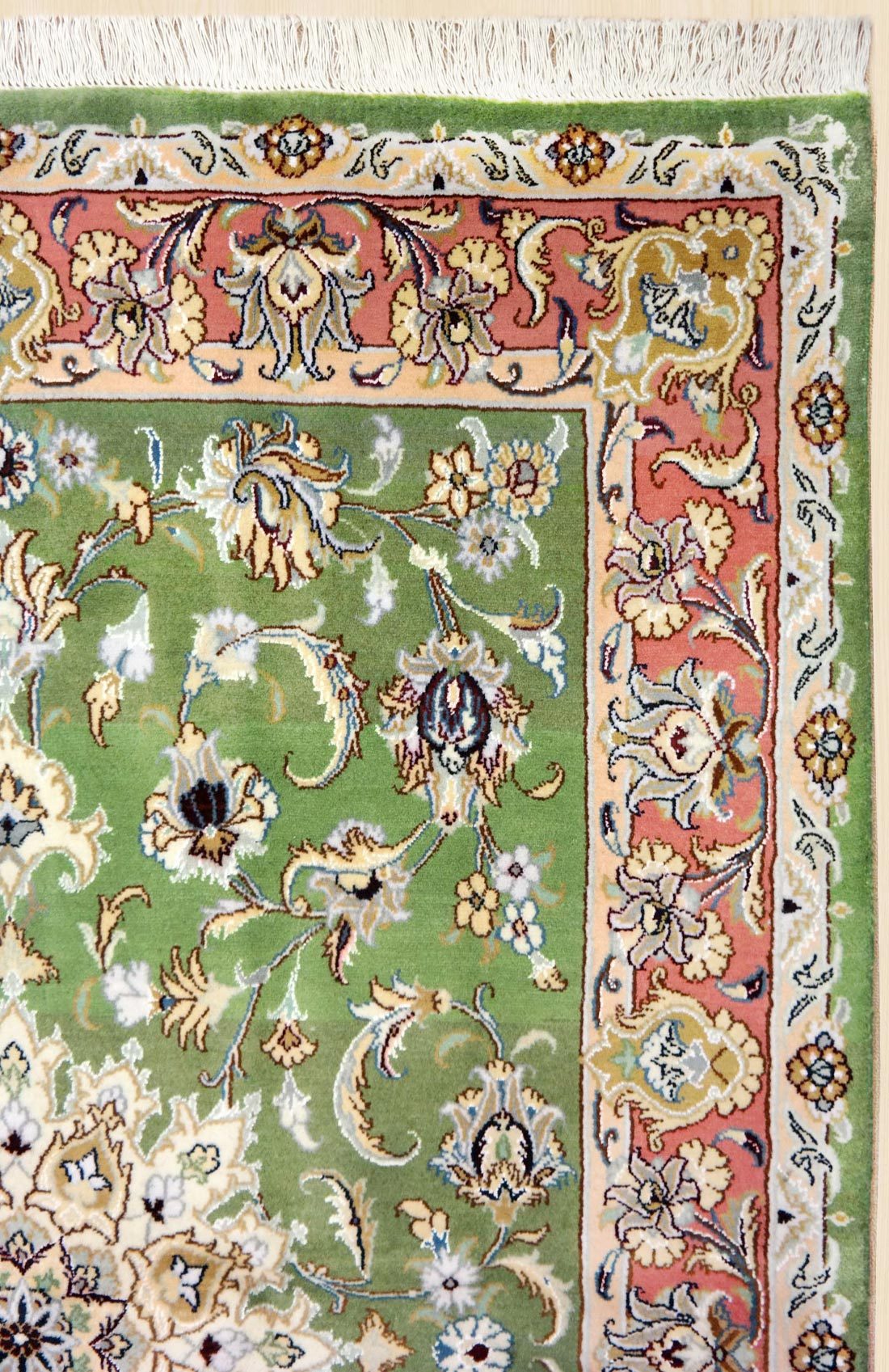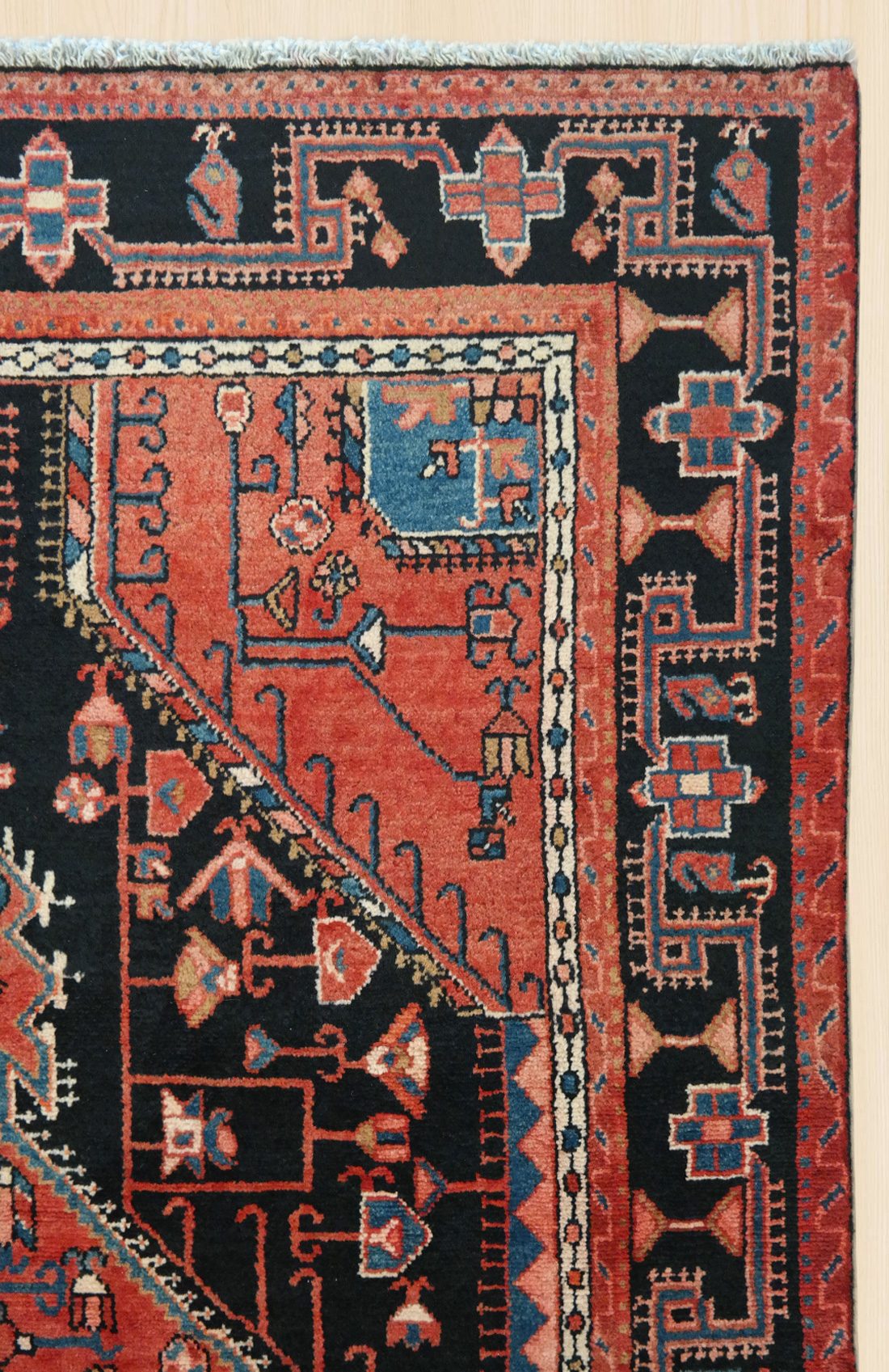Hamadan – Size: 137 x 205 cm
RM1,750.00
CARPET ID: T2121
ORIGINE: Persian
NAME: Hamadan
PILE: Wool
WARP (Base): Cotton
SIZE: 137 x 205 cm
KNOT: Refer to photo (back of the carpet)
MANUFACTURING: Knotted by Hand
1 in stock
Hamadan is a city situated in the western part of Iran, 300 kilometres west of Tehran. It is one of the world’s oldest cities and is mentioned under the name of Ekbatana in the Bible, see the book of Esther. The city is a centre for trading with carpets that are manufactured in the hundreds from nearby villages and cities. The best of these carpets are sold under their own names such as Nahavand, Tuiserkan, Malayer or Hosseinabad. More simple carpets from the area are sold under the generic term Hamadan.
They are easily recognized with their typical patterns and sizes. The patterns are very varying and the medallion as well as carpets with repeated patterns occur. Among individual patterns the Herati is the most common pattern.
The colours are dominated by different nuances of indigo blue and madder red. Older Hamadan carpets can be very attractive products.
The carpets are manufactured with a roppy, shiny and often natural dyed handspun yarn, that provides a very durable surface and beautiful colour scale. Common for all these carpets is that they are nowadays made on a cotton warp with one weft. The patterns are mostly geometrical, but floral motifs also occur. Materials and design can be of very varying quality.


